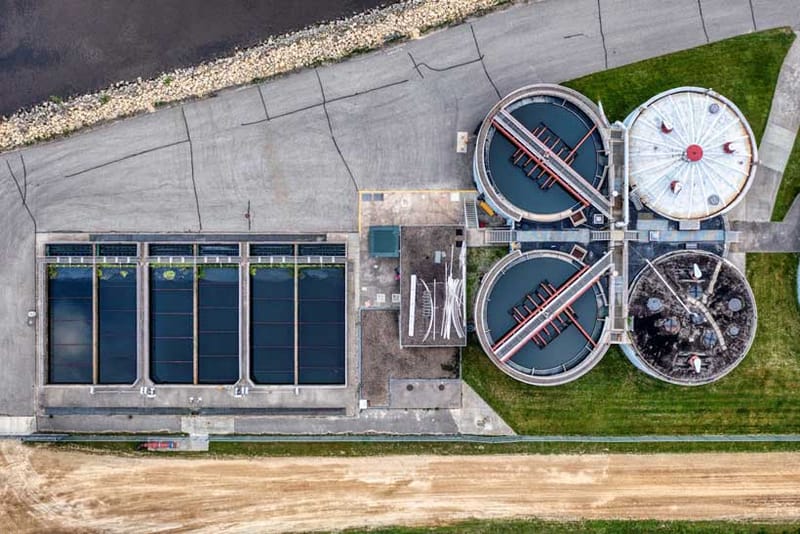Beyond Megawatts: Water as the Hidden Backbone of AI and Energy Infrastructure

Across all stages: extraction, development, refinement, construction, and transport, water remains a non-substitutable input for base-load energy systems. Its role becomes even more pronounced in energy media like hydrogen, carbon dioxide and batteries, particularly as electrification accelerates
SMRs and Data Centers: A Dual Demand for Water
The global technological acceleration, spearheaded by artificial intelligence and the digital economy, has sparked a new “fever” for the construction of data centers. At the same time, the need for reliable, low-emission energy has turned the gaze of governments and industries to Small Modular Reactors (SMRs) as a solution to power these energy-intensive infrastructures. The combined development of SMRs and data centers requires integration into an integrated hydrological and energy strategy framework. Data centers and SMRs (Small Modular Reactors) require continuous cooling, often relying on freshwater resources. This compounds existing pressures in regions already facing hydrological stress. Site selection, cooling, and water resource management must be evaluated with transparency and strategic foresight, particularly in areas with limited water and increasing demand.
Both reactors and data centers require large amounts of water to prevent overheating, often necessitating zones near rivers, lakes, or coastal areas. This raises serious questions about the pressure on water resources, especially in areas with limited aquifers such as southern Europe, the Middle East, California, and Nevada. A 20 MW data center can use between 10,000 and 15,000 cubic meters of water per day, depending on the cooling technology (air cooling /water cooling). Given that public provision is prioritized, what happens when data centers are threatened by drought?
Southern Europe: A Case Study in Resource Competition
Southern Europe exemplifies a growing paradox: while water scarcity is a long-standing challenge, the superimposition of emerging energy layers such as AI, SMRs, and digital infrastructure, has escalated competition for finite resources. The velocity of technological deployment now outpaces both political comprehension and the financial system’s ability to deliver enabling infrastructure. This mismatch creates vulnerabilities in planning, regulation, and resource allocation. The political environment will inevitably be forced to reconcile competing priorities: electoral preservation versus environmental and infrastructural integrity. This is not a theoretical concern, it is a material one, voiced here not from ideological positioning but from the vantage point of industry experience in energy and infrastructure. The challenge is particularly acute in southern Europe, where in many cases water demand already exceeds available supply. According to the European Environment Agency, the region’s water resources are under severe pressure, with shortages affecting nearly one-third of the population. The average exposure of data centers to water scarcity is projected to remain high throughout the 2020s.
Strategic Imperative
Water is no longer a peripheral concern; it’s a strategic variable in energy and digital infrastructure. Systemic resilience, national security, and technological sovereignty depend on integrating hydrological realities into planning. Innovation alone won’t solve cooling demands, hydrogeological risks, or resource conflicts; anticipatory governance must lead. Southern Europe must pair its digital and energy ambitions with water foresight: embed stress metrics, mandate transparent use, priori Europe cycled sources and align infrastructure across sectors. The energy transition is no longer just a matter of electrons, it’s a matter of ecosystems. In the age of AI, water may emerge as the defining constraint.
Modern Diplomacy - Energy - October 28, 2025
Author: Yannis Bassias